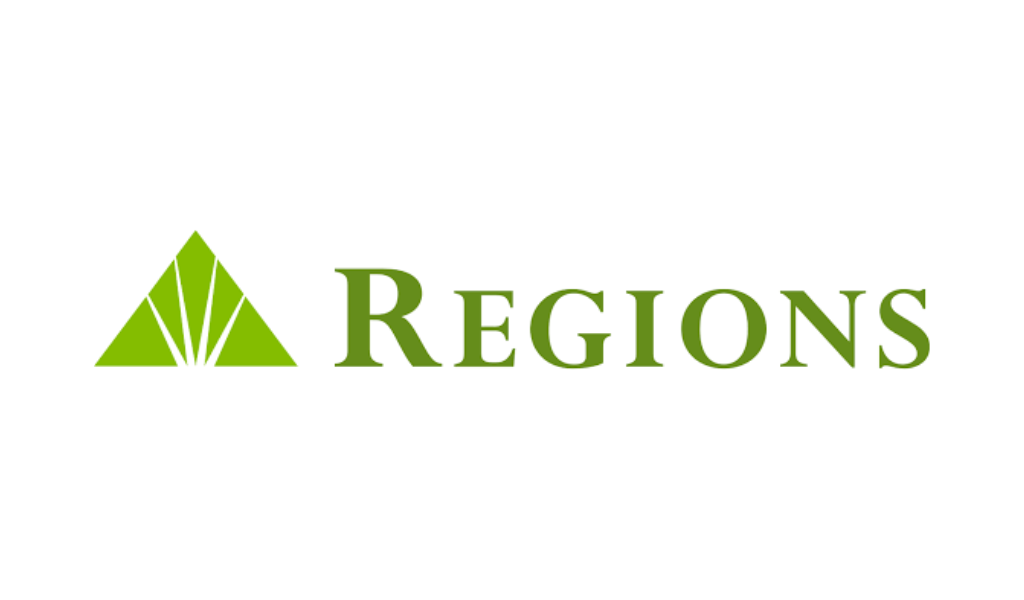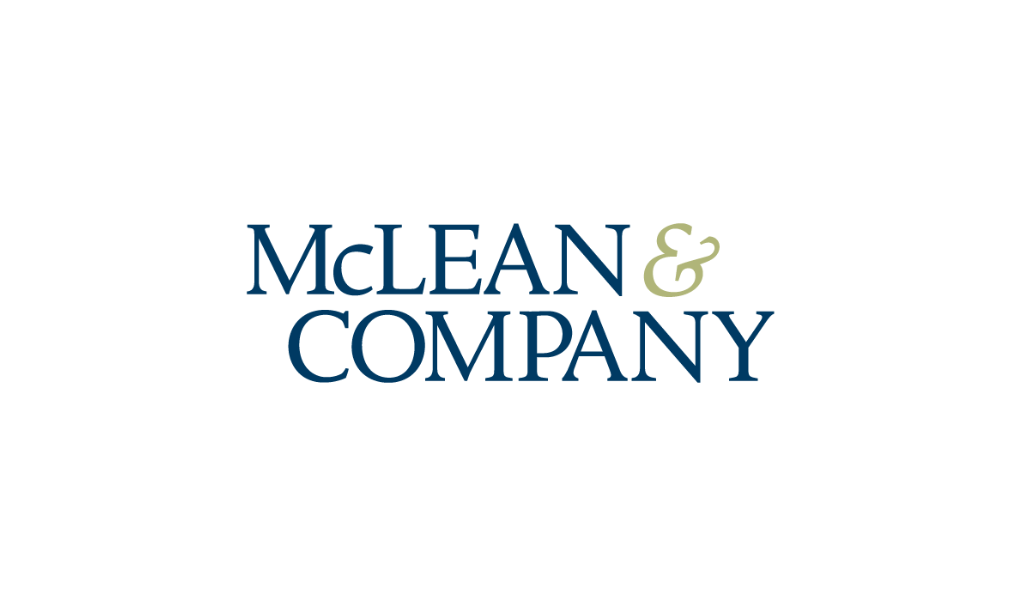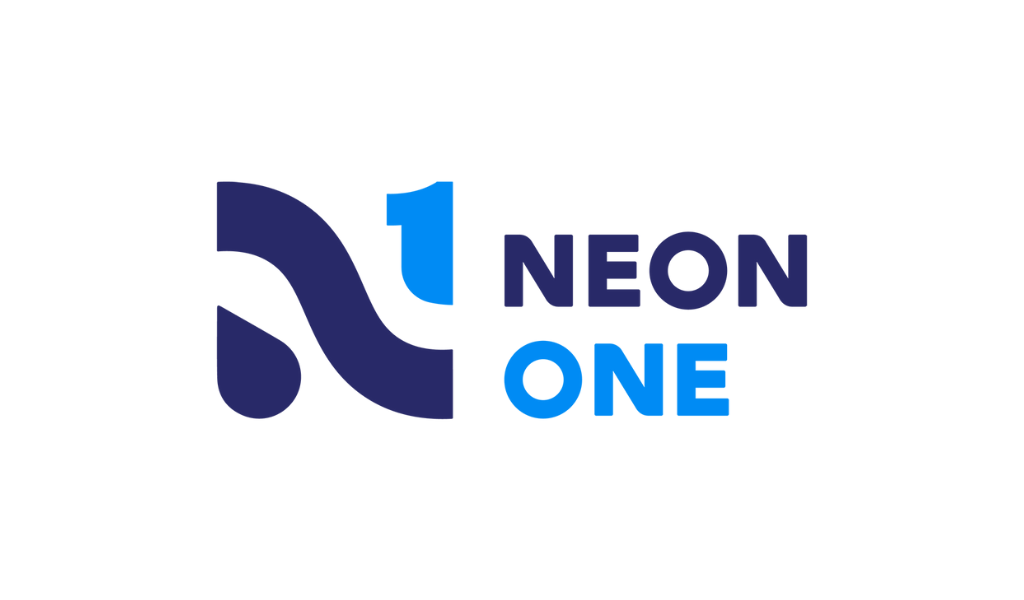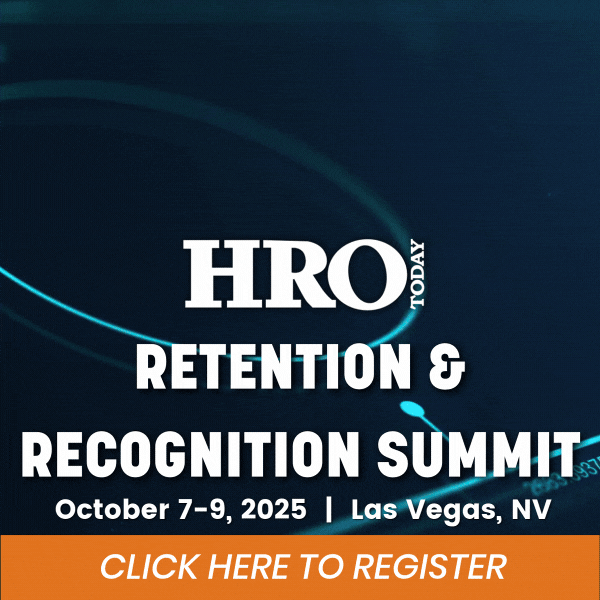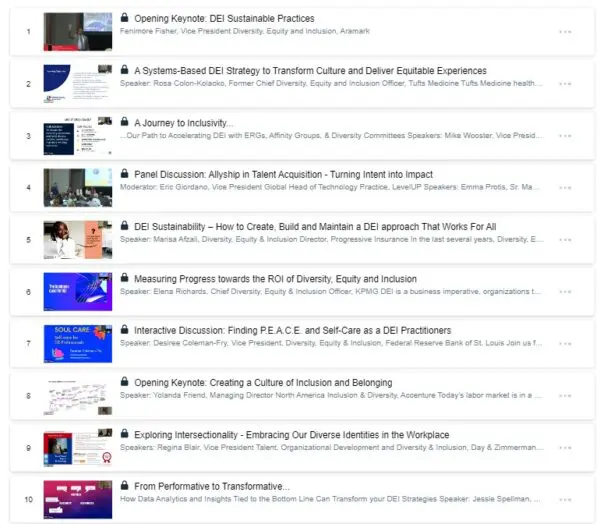By providing employees benefits that support all aspects of life—community, self, and career—organizations can build stronger, more engaged teams.
By Sandy Ball
In today’s evolving job market, forward-thinking companies are recognizing the need to reshape employee benefits programs. The key to attracting and retaining top talent lies in empowering employees to take control of their lives, careers, and well-being. At Aspida, this approach centers around the concept of “doing”—encouraging active engagement through volunteerism, personal development, and health initiatives.
Traditional employee benefits, while still important, are no longer sufficient to meet the needs of the modern workforce. An organization that understands its workforce is more easily able to craft a benefits program that will best fit its goals. At Aspida, 77% of the workforce is millennial or Gen Z, and have stated time after time that a sense of purpose and an opportunity to develop skills has driven their decision-making when it comes to employment. Employees today seek opportunities to make a meaningful impact in communities, grow professionally, and maintain physical and mental well-being. Companies that prioritize these aspects through innovative benefits programs are seeing a revolution in employee satisfaction and engagement.
At the heart of this shift is a focus on volunteerism and purpose-driven initiatives. By providing employees with opportunities to contribute to causes they care about, companies foster a sense of fulfillment and connection to the community. This not only enhances employee satisfaction but also builds a positive company culture that attracts and retains top talent.
Designing Benefits Around Community, Self, and Career
Employers can take a creative approach to benefits programs by simply recognizing that employees are multifaceted individuals with needs and aspirations that extend beyond the workplace.
When overhauling benefits programs, companies must center initiatives around the three key aspects of an individual’s overall well-being: community, self, and career. This will lead to the design of a comprehensive benefits program that resonates with employees and drives engagement.
- Foster purpose and fulfillment. Volunteerism and community engagement play a crucial role in empowering employees. Through these programs, staff can connect with the community and contribute to relevant causes, fostering a sense of purpose and fulfillment. Aspida, for example, organizes team volunteer days, supports local nonprofits, and provides paid volunteer leave. These initiatives not only enhance employee satisfaction but also build a positive company culture where employees feel work contributes to a greater good. A strong corporate volunteerism program is a powerful recruiting tool, showcasing a commitment to community engagement and differentiating companies at a time when candidates are looking for more than just a paycheck. This sense of purpose can be a powerful motivator, driving loyalty and productivity.
- Prioritize the “whole” person. Personal well-being, encompassing both physical and mental health, is also an important pillar of a comprehensive benefits program. Capitalizing on the competitive spirit at Aspida, this often presents as regular sessions with nutritionists and encouraging participation in fitness challenges. Companies can get creative with this aspect, organizing competitions like planking or hula hoop challenges to promote physical health in an engaging way and extend support for employee well-being beyond typical medical benefits. Don’t underestimate the impact of building a gym at the office. Providing a space for exercise, yoga classes, or other activities that employees can use at any time of the day positively affects physical and mental health.
- Invest in career growth. Professional development is another critical component of these holistic benefits programs. The substantial cost of hiring and training new employees is well-documented. So, it tracks that companies should invest in employees’ professional growth to see a proper return on their initial investment. This can be done through in-house courses and ongoing skill-building opportunities, such as multi-month professional development programs designed to enhance key skills such as meeting management and leadership. Aspida hosts an intensive eight-month career development course, in which a small, nominated cohort of rising leaders focus on acquiring essential professional skills. This program is complemented by other all-employee development sessions, offering education on personal branding, presentation skills, and company-wide projects. In providing these resources, companies enable employees to actively steer their professional growth and future success.
Implementing and Refining Employee-Centered Benefits Programs
Bringing these holistic benefits programs to fruition requires a thoughtful approach. Companies must align benefits with company values and mission, ensuring they not only attract employees but also support the broader goals of the organization. For instance, a company that values sustainability might offer benefits such as commuter incentives for public transport or hybrid work options to reduce carbon footprints. Again, it’s all about understanding what resonates with the organization’s employee base.
Active listening and employee feedback are essential in this process. Regular surveys and feedback mechanisms allow companies to adjust and improve offerings based on employee preferences and needs. Regular meetings conducted by the CEO and CHRO to gather employee feedback are a critical information-gathering tool. Conducting anonymous pulse surveys on a quarterly basis and acting on the feedback gained from these methods demonstrates a genuine commitment to continuous improvement and responsiveness to employee needs.
Of course, introducing new benefits programs doesn’t come without challenges. Gaining employee buy-in can be difficult at first, with some staff members finding new wellness challenges or activities daunting or even silly. Overcoming skepticism and encouraging participation requires patience and leading by example. Having a group of employee ambassadors willing to take the lead can help break down these barriers and encourage wider participation. Peer support also plays a crucial role in encouraging shyer employees to join in and fully engage with the program.
The impact of these employee-centered benefits can be profound. By offering benefits that truly meet employee needs and preferences, companies can significantly boost job satisfaction and engagement levels. These programs also serve as powerful recruiting and retention tools for securing valuable employees in a competitive job market.
Moreover, by focusing benefits around employee well-being, companies contribute significantly to business performance and growth. This holistic approach fosters a positive work environment, enhances employee satisfaction, and ultimately drives organizational success.
As the workforce continues to evolve, the future belongs to companies that embrace innovative, employee-centered benefits programs. By focusing on holistic well-being and continuously adapting to employee needs, organizations can create a culture that not only supports the workforce but also drives long-term business success.
In this new era of employee benefits and a generational shift in employee base, the most successful companies will be those that recognize their people as whole individuals, with needs and aspirations that extend beyond the workplace. By supporting staff in all aspects of their lives —community, self, and career —these organizations will build stronger, more engaged teams and pave the way for sustainable growth and success. Benefits become more than perks; benefits become the culture of the company.
Sandy Ball is the chief people officer at Aspida.

